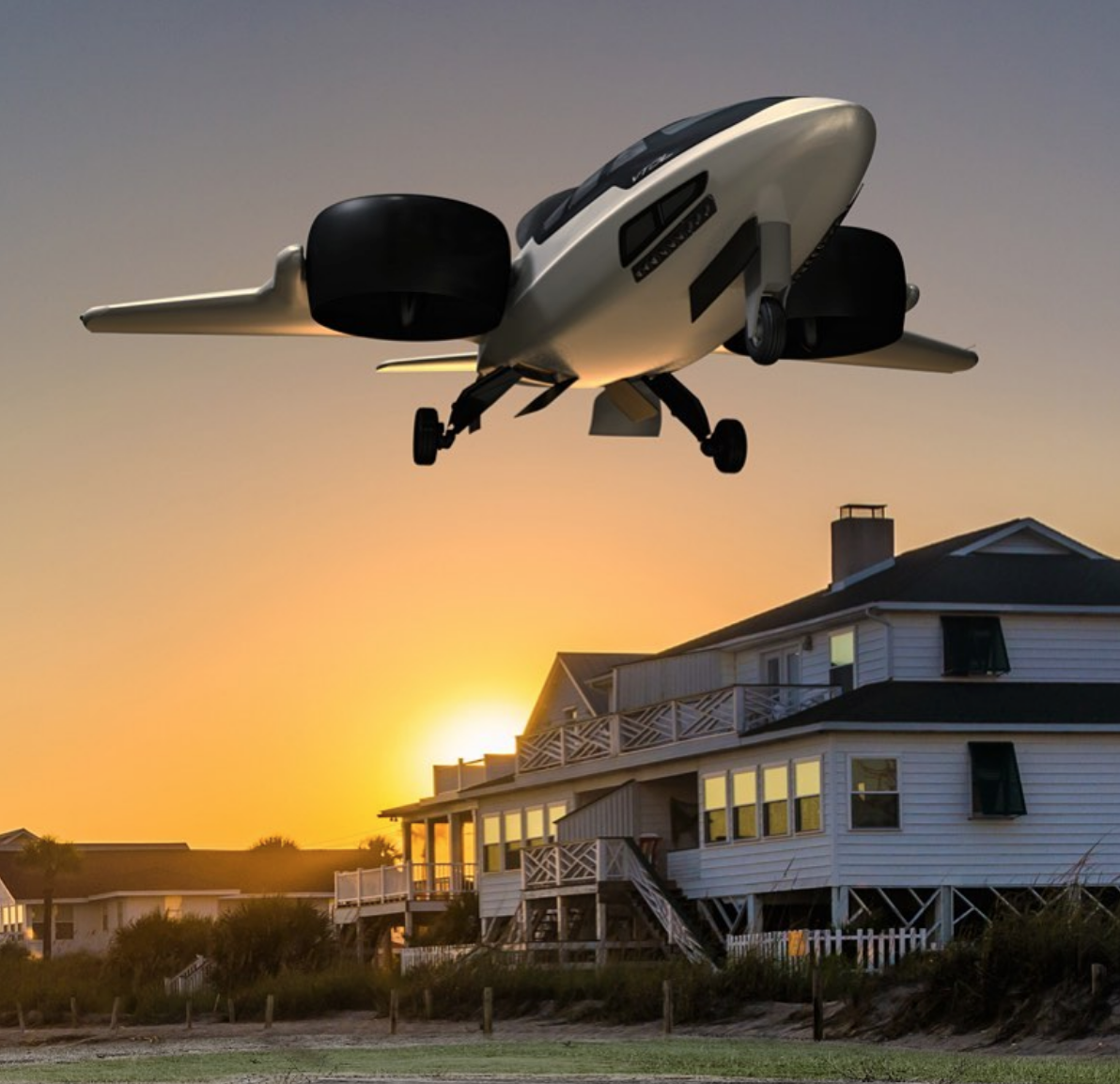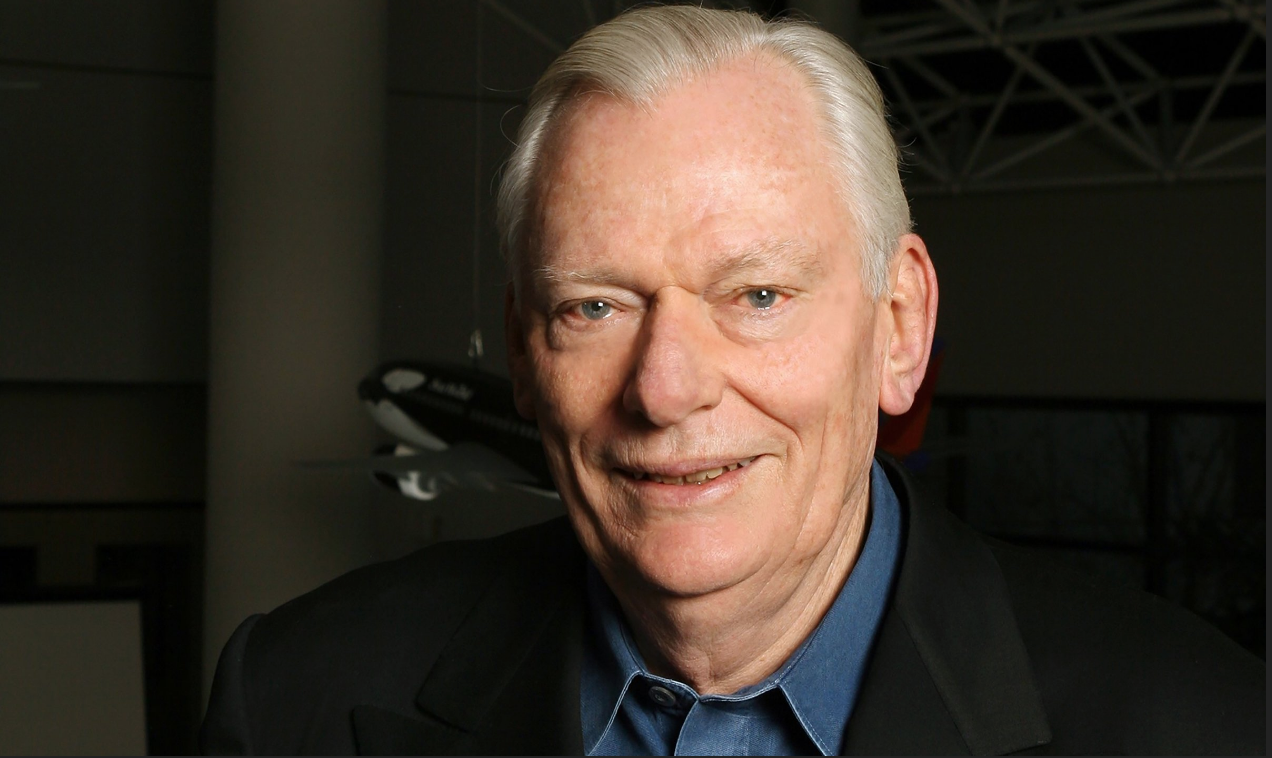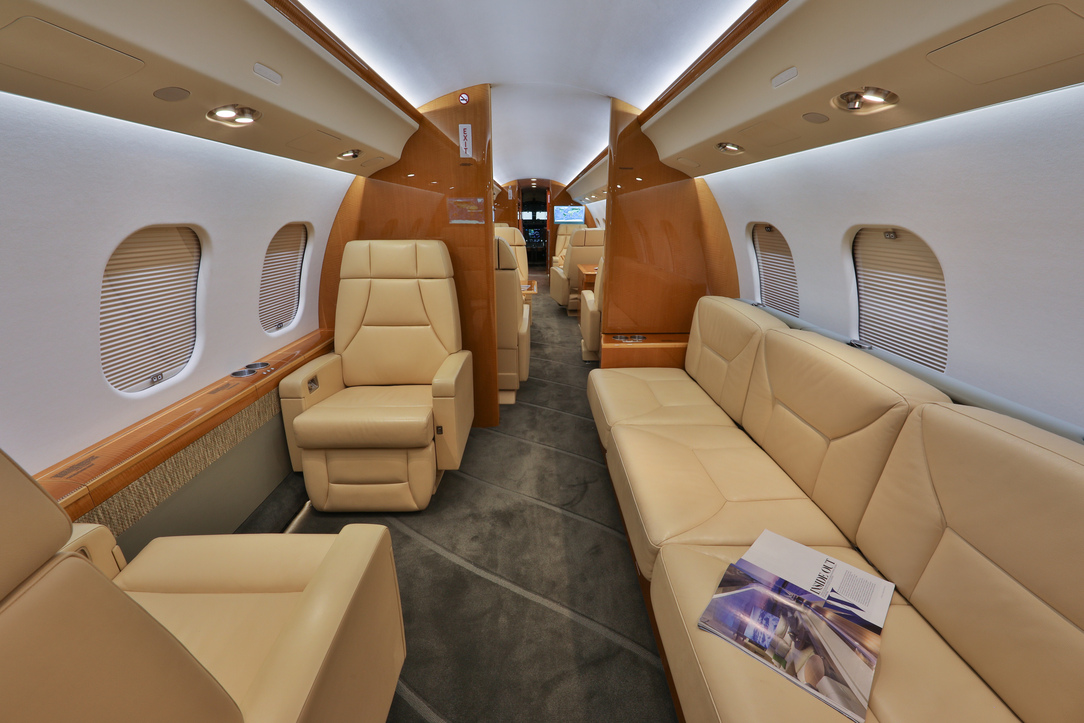Flights of Imagination
Image courtesy of eVTOL Magazine Instagram
From the Wright brothers to jumbo jets, private planes to electrical-powered vertical take-off machines, the evolution of air travel has always been about those who dared to think differently, says Michael Dempsey.
By Michael Dempsey
You don’t have to be the first to be disruptive. But you do have to be determined. The Wright brothers took to the sky in 1903 yet it was another three years before someone managed that feat in Europe. Alberto Santos-Dumont was the dapper Brazilian who won both the honour and cash for that achievement.
A series of adventures in small powered airships, viewed as sporting vehicles by the fascinated public of the day, placed him at the very birth of powered flight. In October 1906, he won the Paris Aero Club prize of 3,500 francs for heavier than air flight covering a distance of at least 25 metres. His Bird of Prey, a characteristically romantic name for a machine resembling a loose succession of large cardboard boxes strung together, had previously only managed shorter hops.
Santos-Dumont was inspired by his earlier airship adventures and would not relinquish his obsession with flight. This inspiration is what he brought to Europe, and his courage and tenacity fired the imagination of a continent. He deserves recognition as one of the adventurers whose impractical designs lit the torch for mass aircraft manufacture during World War One and beyond. His romantic attachment to the sport of aviation ushered in the global business we know today. European aviation owes its very existence to the dash and flair of the Belle Époque.

The Boeing 747, the largest commercial airliner ever built, won a place in the public imagination as the ‘jumbo jet’. Its passenger service is finally drawing to a close, but the 747 transformed airline economics and opened the door to the mass travel that we take for granted today. The man behind all of this was Joe Sutter, who headed up Boeing’s 747 design team.
Before the 747 first flew in February 1969, Sutter had to overcome scepticism within Boeing about the likely market for such a huge passenger jet. He fought for the idea and changed the world. The 747 took off in the same year as the Moon landing and has had an even greater impact on humanity. For the first time, Homo sapiens could hop to another continent and come back within days. The human race learned a lot about itself through the work of Sutter and his team. The 747 is much more than an aircraft. It ranks with the innovations of radio, TV and film in terms of connecting a worldwide population. And that marks a radical step for us all.
Herb Kelleher was another pioneer who wasn’t afraid to fly in the face of stiff opposition. He founded Southwest Airlines and kicked off the whole low-cost airline business. Southwest took off in 1971 after fighting tough legal battles and is widely credited with inventing the low-cost airline.
True, not every passenger has cause to thank Kelleher. Facing up to budget rivals has forced great names to cut costs and service. The reverberations from his no-frills operation are seen in a national carrier such as British Airways now charging short-haul economy passengers for a single cup of tea. Such parsimony is a far cry from the glory of BA’s Imperial Airways predecessor. It is also evidence of just how much the Southwest model has upset the airline apple cart.

And competitiveness pays off for the consumer. EasyJet launched in 1995 and introduced Europeans to cheap fares criss-crossing the continent. The mass movement of people and work ushered in by the European Union’s Single Market needed this affordable travel model to keep citizens popping back and forth between nations. Kelleher’s revolutionary no-frills idea is now copied across the globe.
Executive jets represent everything that budget carriers are not. Mention a business jet to many people and their mind will conjure up a small, elegant aircraft with distinctive wingtip fuel tanks and engines mounted beneath a high-tail plane. They are thinking of Bill Lear’s creation, the Learjet. With more than 3,000 delivered, the much-matured design is owned by Canada’s Bombardier today. But Lear kickstarted a new aircraft category when he spotted the commercial potential of a stalled Swiss fighter project back in the 1950s.
Adopting the plans for a jet fighter that never made it into service, he moved production from an early Swiss base to the US before the Learjet first flew in 1963. Initially a six-to-eight-seater embodying the dimensions of its military forebear, the compact Learjet fuselage grew as customers signed up and rival designs appeared on the horizon.
If the jumbo jet brought intercontinental travel to the masses, then Bill Lear gave the boardrooms and elites a vision of how they should fly. The private jet market now spans dozens of types and sub-types owing their origin to Lear’s vision.

Aviation is a business that keeps on rewarding flights of the imagination. Today many different businesses are working on prototype eVTOL aircraft. These are electrically powered vertical take-off machines that fit into a radical concept of urban air mobility. Not all of these designs will prove successful, but those that do will bring about a revolution in short-range travel and challenge the role of helicopters. Disruptors will be flying high in aviation’s second century. Santos-Dumont would be very pleased about that.
BIO
Michael Dempsey is a journalist, media consultant and copywriter. He has worked for BBC News, Financial Times, and numerous other publications and broadcasting organisations.

